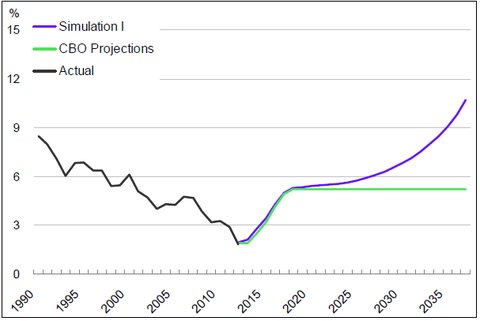PARIS — In its first such agreement with a European country, China signed a free-trade deal with Iceland on Monday as Beijing reached out for allies at a time when many of its trading partners were wary of its increasing economic might.
The accord, meant to eliminate most tariffs over the next few years, was signed by trade officials in Beijing during a state visit by Prime Minister Johanna Siguroardottir of Iceland. When completed, it will unite two hugely mismatched economies: Iceland’s 2011 gross domestic product of $14 billion was little more than a rounding error in China’s G.D.P. that year of $7.3 trillion.
Trade between the two countries is small by global standards. Iceland’s exports to China last year, mainly fish, totaled $61 million, while it imported Chinese goods and services valued at $341 million.
But while Iceland cannot offer much in the way of major new market growth, it could help China in its quest for more influence in the Arctic, as global warming and polar ice retreat make that area increasingly accessible. China is seeking to join the Arctic Council, an intergovernmental body that promotes international cooperation in the region, as a permanent observer.
Iceland, though not a member of the European Union, enjoys access to the E.U. single market through its membership in the European Free Trade Association and the European Economic Area. But China would not gain backdoor access to the E.U. market through the trade deal. Iceland had been negotiating membership in the Union but suspended talks in January amid widespread domestic opposition. John Clancy, a spokesman in Brussels for the European trade commissioner, Karel de Gucht, said Iceland would have to terminate all of its bilateral trade deals were it eventually to join the bloc.
The two governments also issued a joint statement Wednesday calling for new bilateral cooperation on “human rights, gender equality, labor issues, Arctic affairs, as well as cooperation on geothermal development, culture, education and tourism.”
With the Doha Round of trade talks under the World Trade Organization largely moribund, some nations have been seeking partnerships below the global level. At present, there are two giant trade deals under discussion, both pivoting on the United States: the Trans-Pacific Partnership being negotiated between Washington and a host of Asia-Pacific nations, and a comprehensive trade and investment agreement with the European Union.
China is party to neither the Trans-Pacific Partnership nor the E.U.-U.S. negotiations, leading some officials and trade analysts to see the proposals as being meant to “contain” China’s increasing power in global commerce.
The accord Wednesday also comes at a time when China’s designs on its North Atlantic ally have been put under a microscope, following the construction of an outsize Chinese Embassy in Reykjavik, and the puzzling effort of a Chinese billionaire to build a luxury hotel and golf course in a vast Icelandic wilderness area.
Article source: http://www.nytimes.com/2013/04/16/business/global/16iht-iceland16.html?partner=rss&emc=rss

